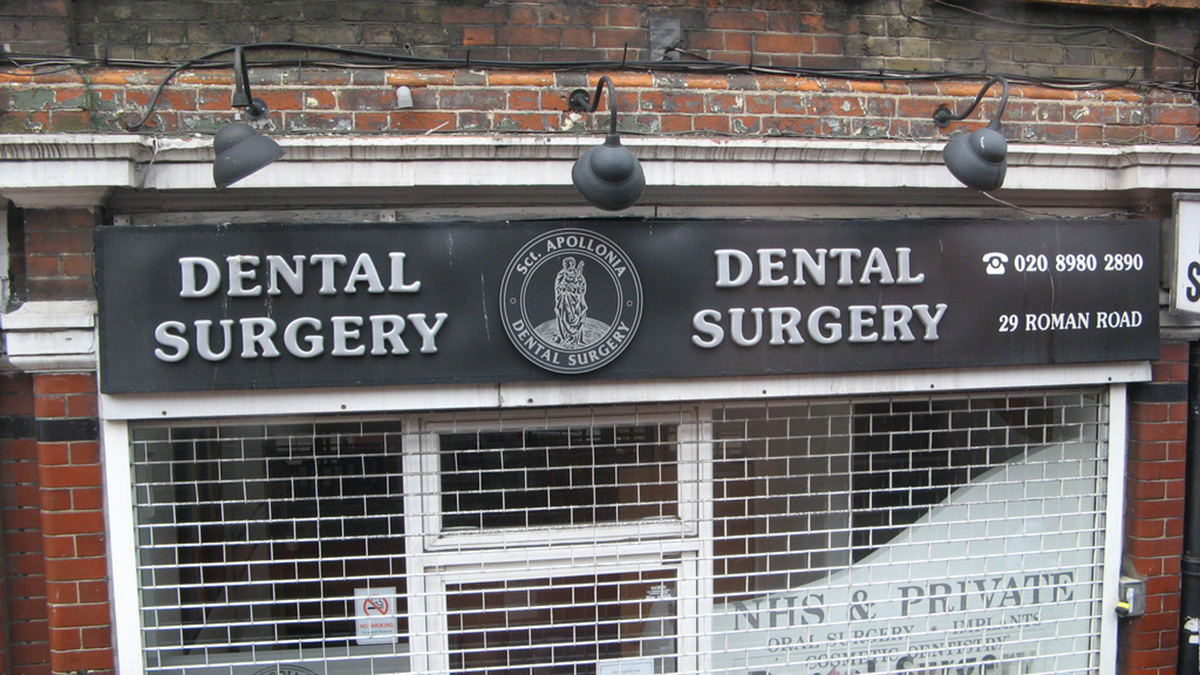Table of Contents
Direct Sinus Lift
This procedure is considered when tenting the sinus membrane will not provide enough space for the placement of the implant. This procedure involves creating a small window into the bone next to the sinus and then accessing it directly, not just through the implant drill.
The idea is to be able to manipulate the sinus membrane and place a large amount of bone graft to allow for the maximum possible bone formation. Since the amount of healing required is more and the procedure is a lot more invasive, the chances of graft rejection are higher.
The procedure is also commonly undertaken in two stages, in which only the direct sinus lift is performed in the first step. Healing is then allowed to take place for a period of four to six months after which re-evaluation through the use of X-ray and CT scan imaging is done.

Can Sinus Surgery Result In Complications?
The procedure is considered absolutely safe and does not carry with it the risk of any long-term complications. In the short term, the surgery carries with it the same risk as any other procedure, namely infection, graft rejection, prolonged bleeding, pain and swelling.
One thing that is extremely common with sinus surgery is a slight inflammatory reaction, leading to some amount of pain within the sinuses. This is usually very mild in nature and is easily manageable with the use of anti-inflammatory medication or decongestants for a few days.
In rare cases, the bone graft placed around the sinus does not heal, which leads to a failure of the implant. Care should be taken to remove the implant at the right time otherwise it can get pushed inside the sinus itself. A surgical procedure to remove it then has to be undertaken in most cases.
READ Dental Implant Prostheses: What Is The Best Choice?
Post-Surgery Care
While patients who just underwent sinus surgery have no major limitations, most doctors do advise them to avoid any heavy physical exertion for a few days. Activities like lifting weights or yoga exercises should be avoided for a few days.
Post-operative medications and pain killers need to be taken for the entire prescribed duration.
Conclusion
Even though dental implants have now been around for a significantly long period of time, doctors are still pushing the boundaries as to the clinical situations in which they can be used. Coupled with an increasing understanding of bone healing and new bone formation, it is likely that clinical situations that could never have envisaged a fixed prosthetic solution, will become relatively easily manageable in future. Sinus surgery will have a role to play in this transition and will be offered to more and more patients around the world.
- Photo courtesy of usarmyafrica: www.flickr.com/photos/usarmyafrica/5725063775/
- Photo courtesy of usarmyafrica: www.flickr.com/photos/usarmyafrica/5725063775/
- Photo courtesy of tnarik: www.flickr.com/photos/tnarik/3349005550/
- en.wikipedia.org/wiki/Sinus_lift
- www.colgate.com/en/us/oc/oral-health/cosmetic-dentistry/implants/article/sinus-lift
- Natl J Maxillofac Surg. 2012 Jan-Jun
- 3(1): 31–37. doi: 10.4103/0975-5950.102148 Direct vs. indirect sinus lift procedure: A comparison


Your thoughts on this